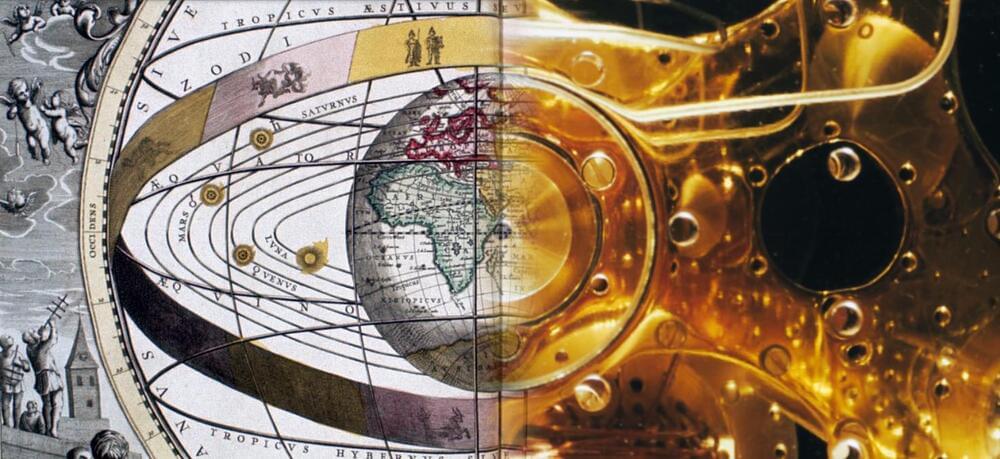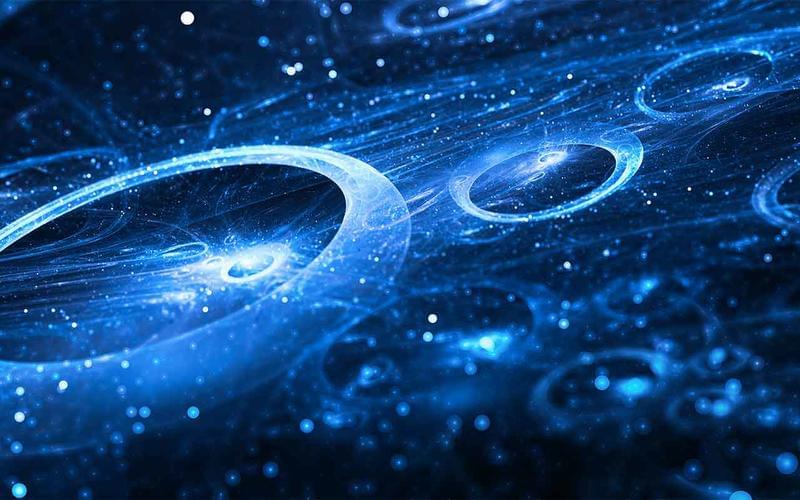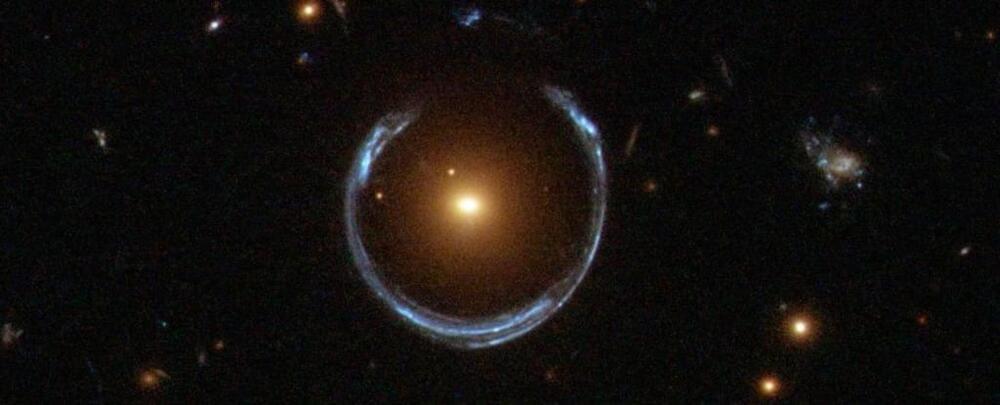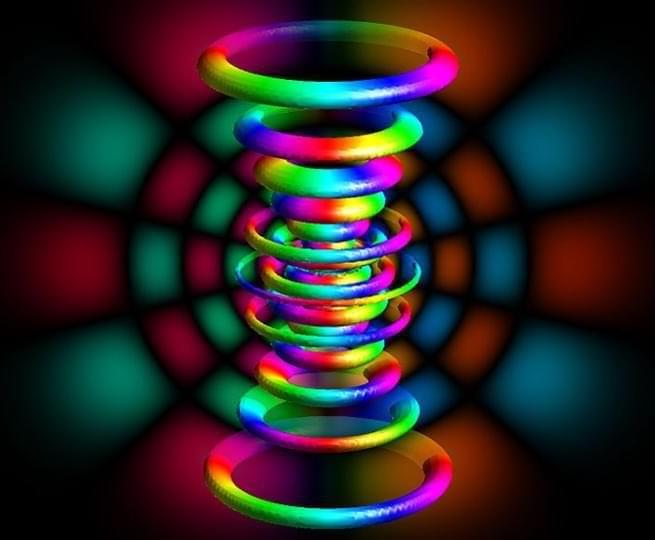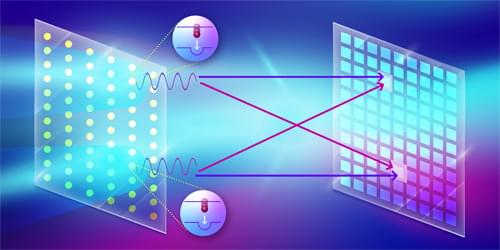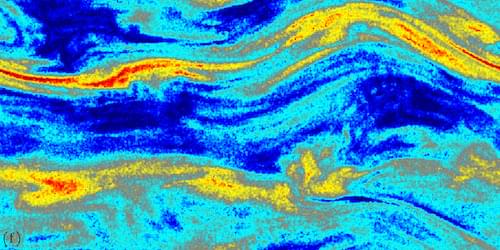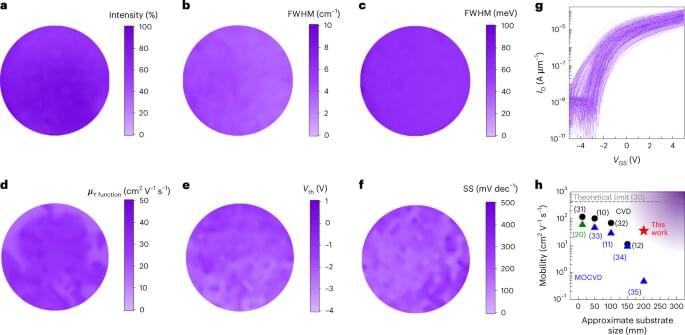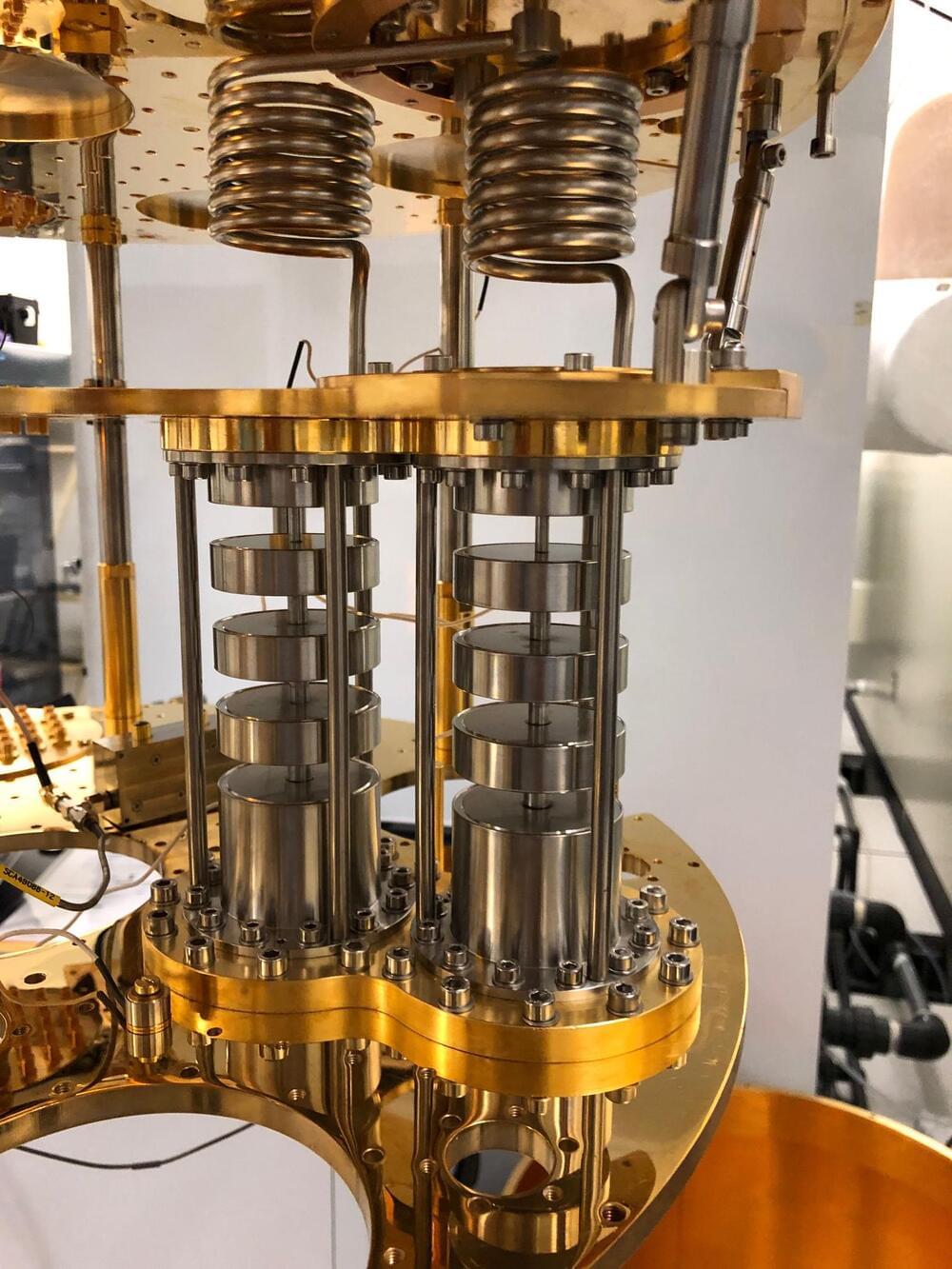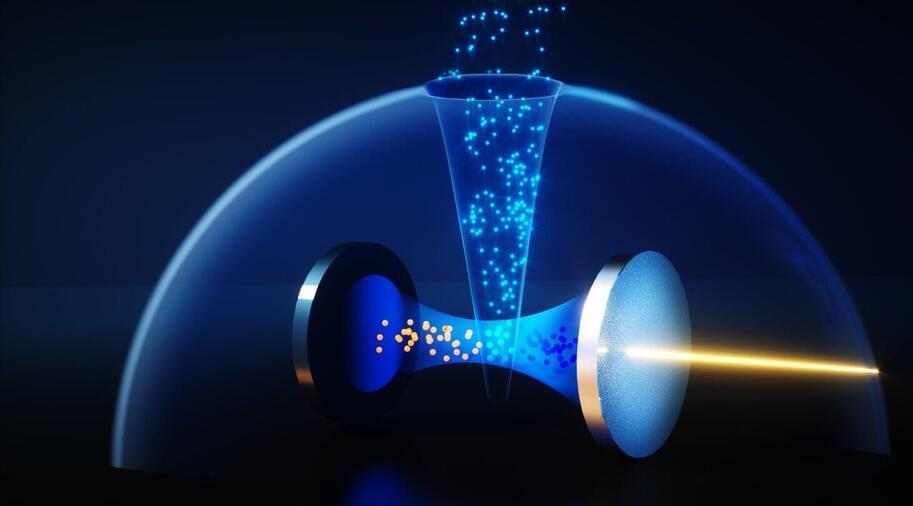Apr 30, 2023
Gravity can transform into light, mind-bending physics paper suggests
Posted by Paul Battista in category: particle physics
To test this idea, the researchers studied the conditions of the extremely early universe. When our cosmos was very young, it was also small, hot and dense. In that youthful cosmos, all forms of matter and energy were ramped up to unimaginable scales, far greater than even our most powerful particle colliders are capable of achieving.
The researchers found that in this setup, gravitational waves — ripples in the fabric of space-time generated by collisions between the most massive cosmic objects — play an important role. Normally, gravitational waves are exceedingly weak, capable of nudging an atom through a distance less than the width of its own nucleus. But in the early universe, the waves could have been much stronger, and that could have seriously influenced everything else.
Those early waves would have sloshed back and forth, amplifying themselves. Anything else in the universe would have gotten caught up in the push and pull of the waves, leading to a resonance effect. Like a kid pumping their legs at just the right time to send a swing higher and higher, the gravitational waves would have acted as a pump, driving matter into tight clumps over and over again.

